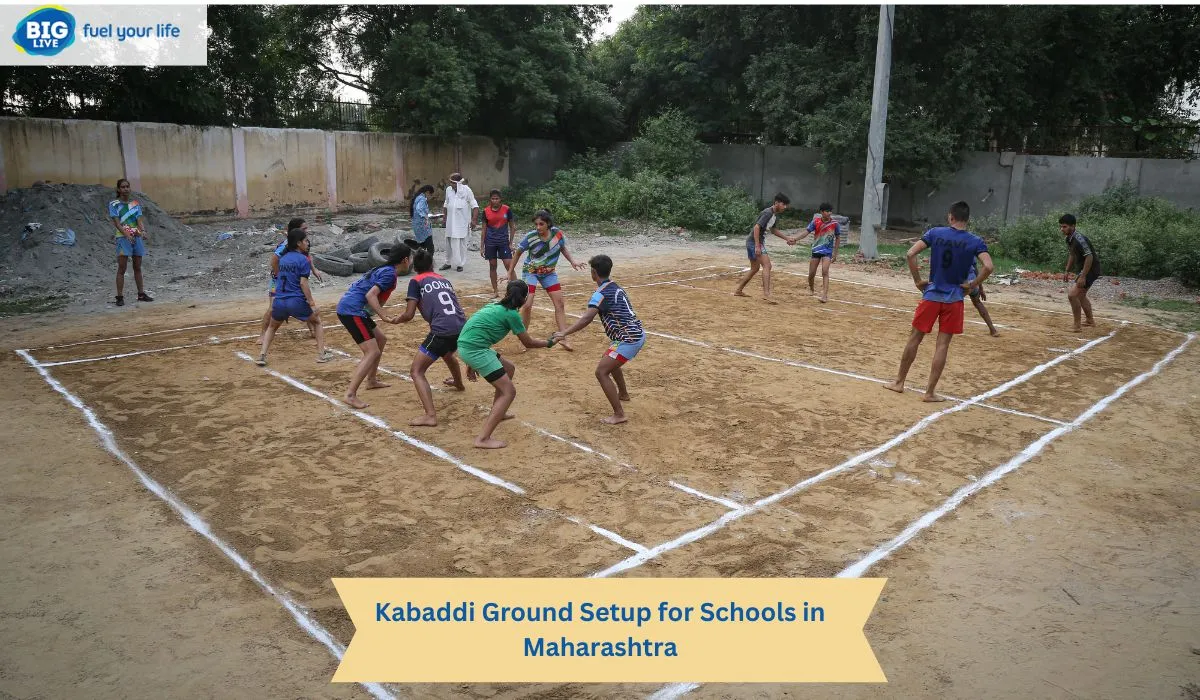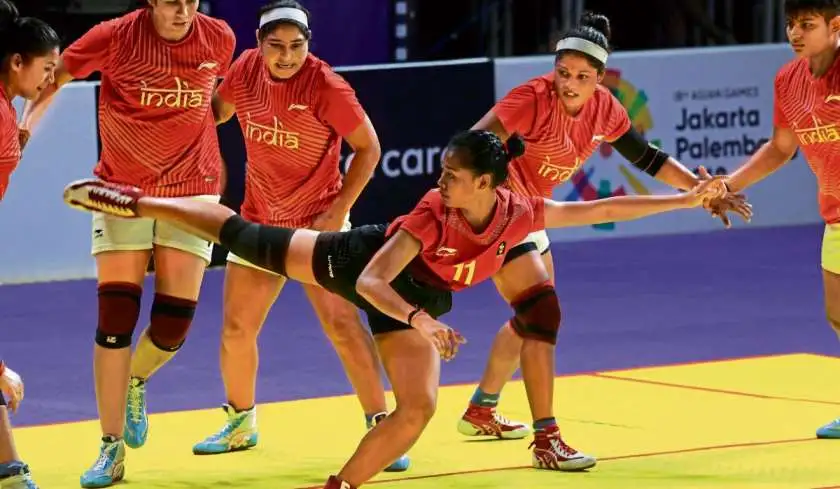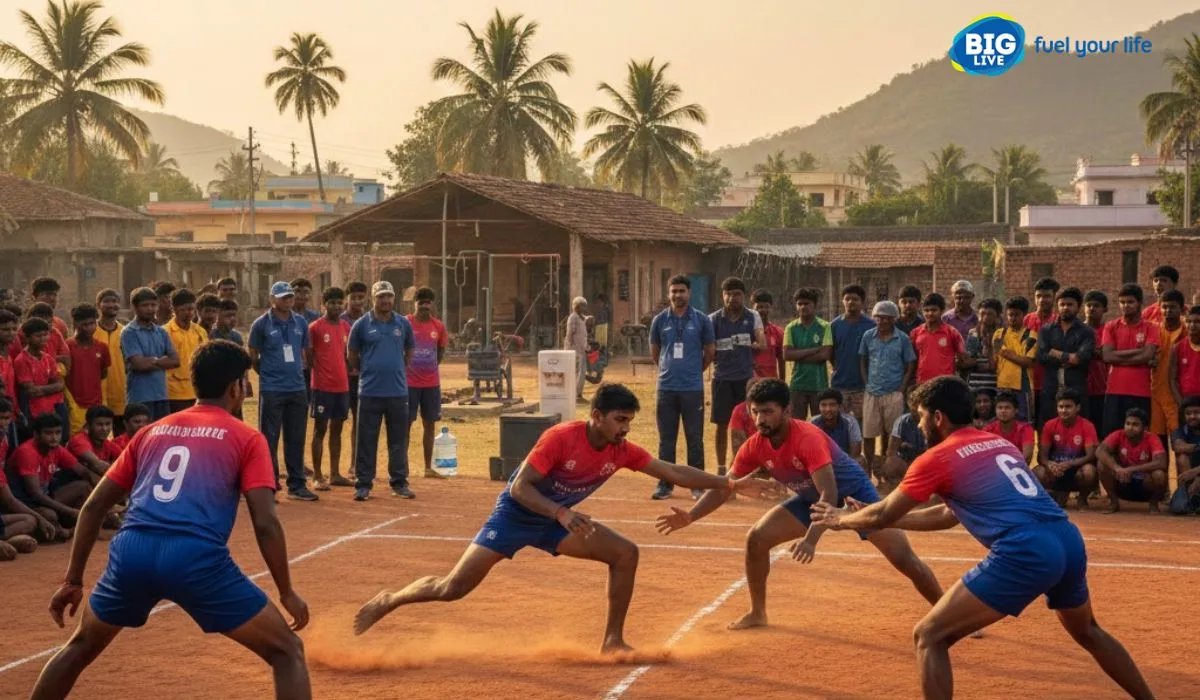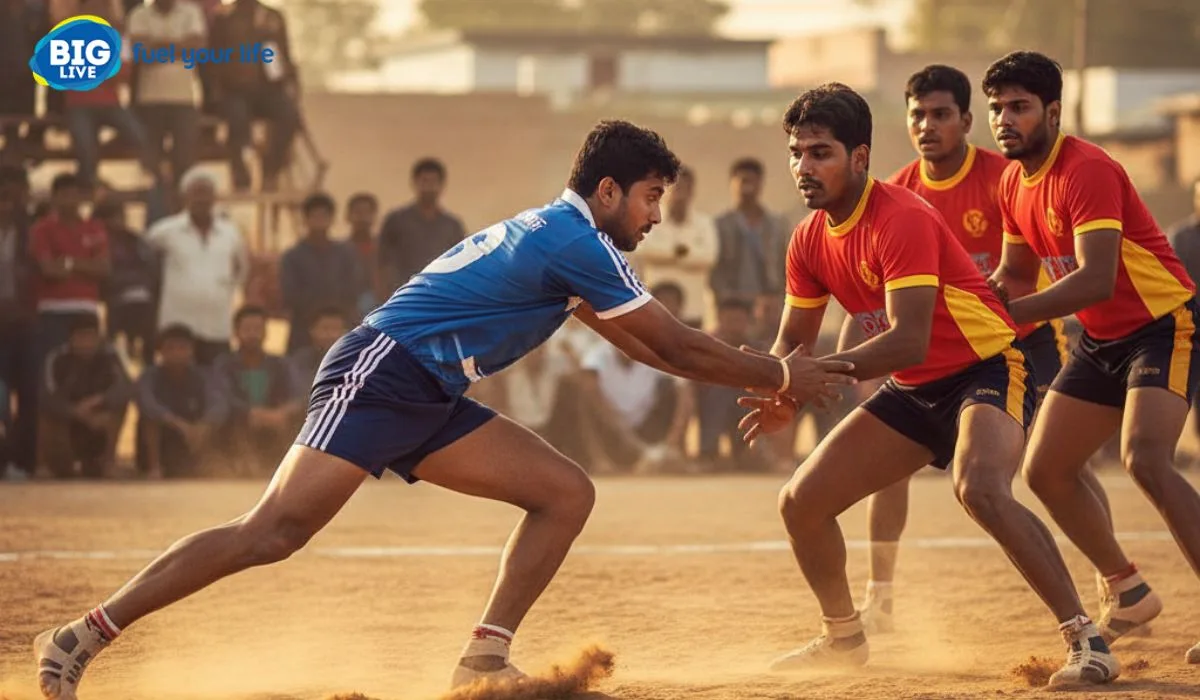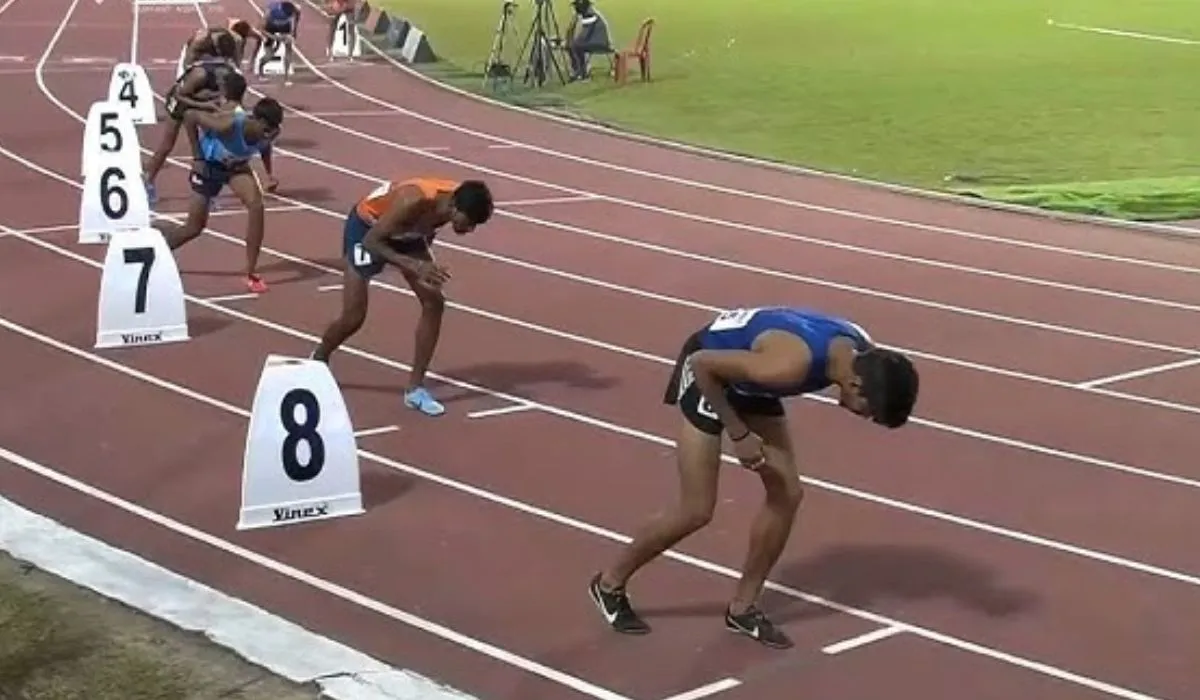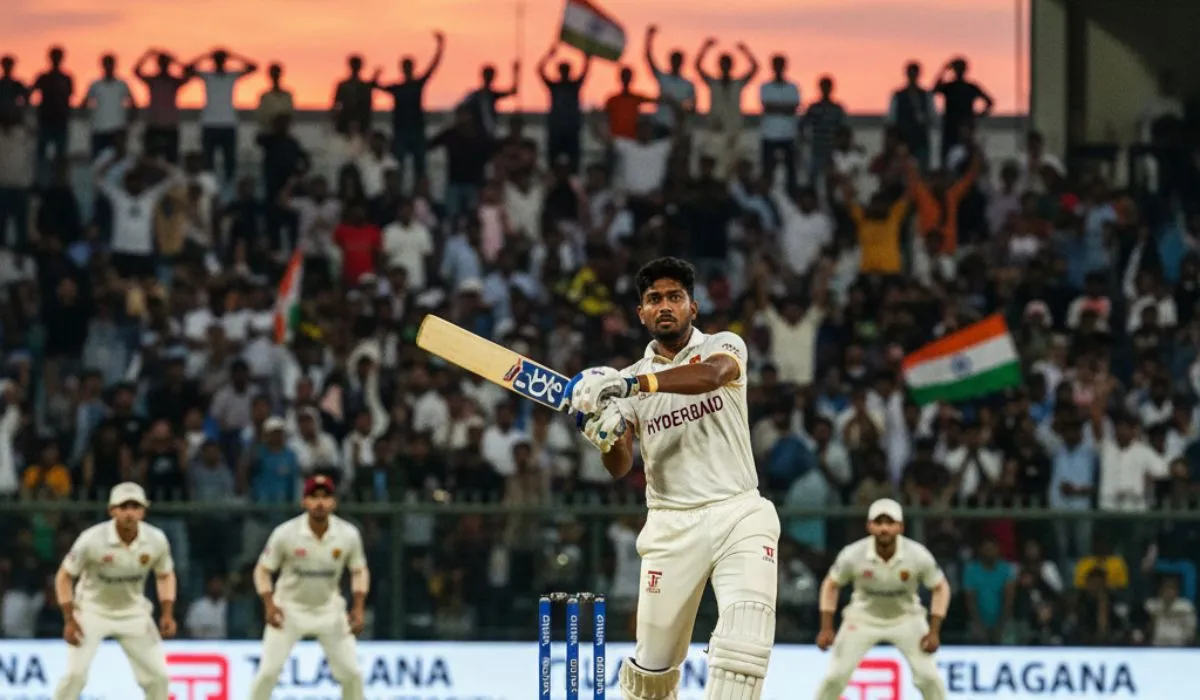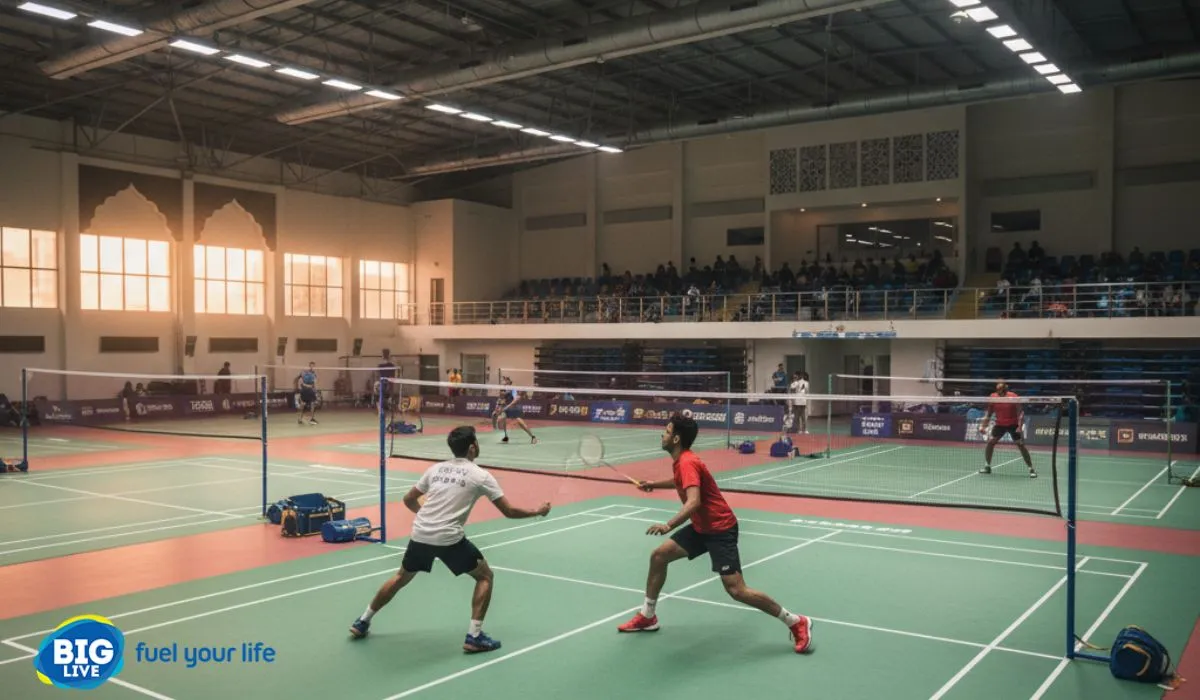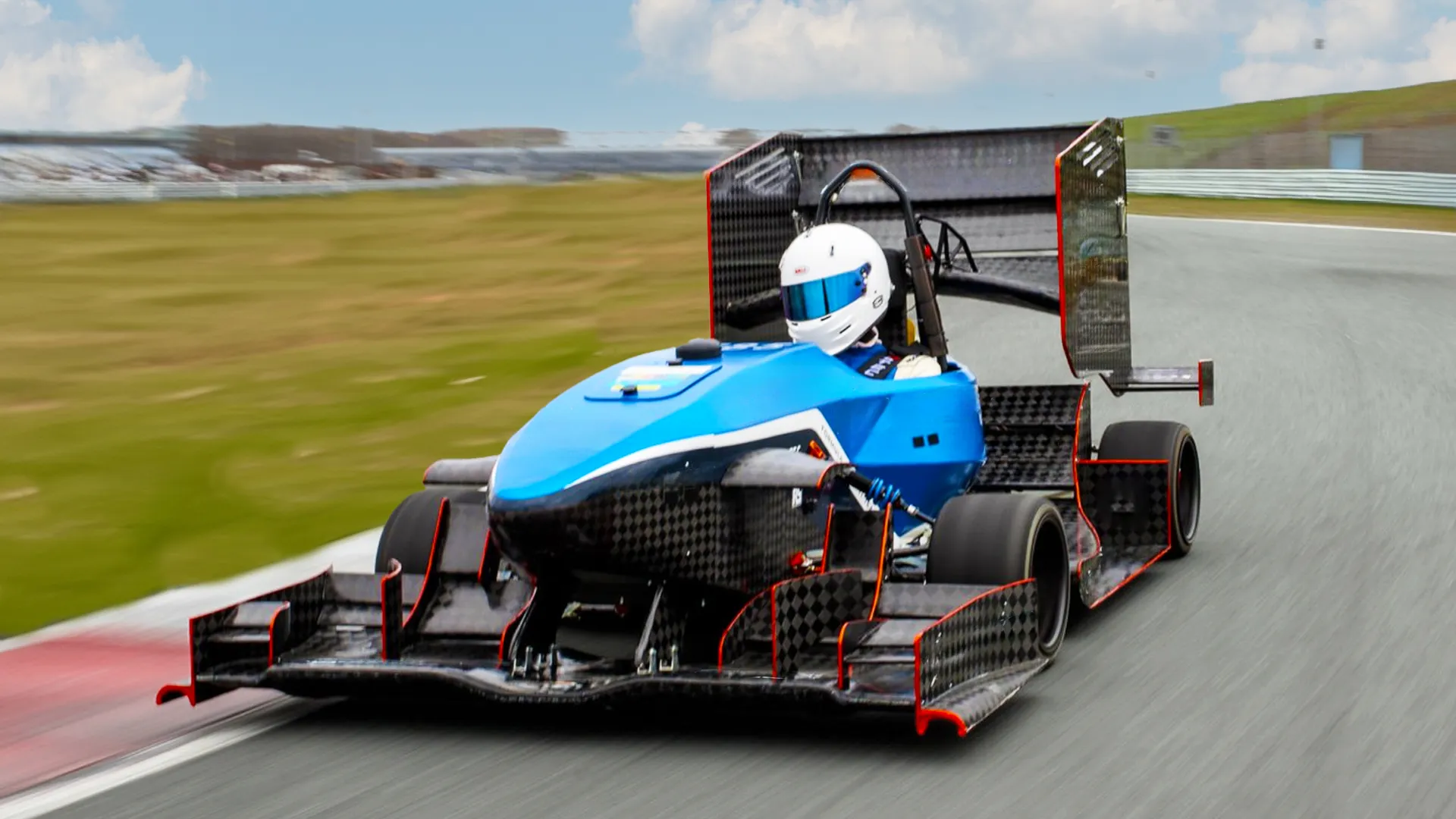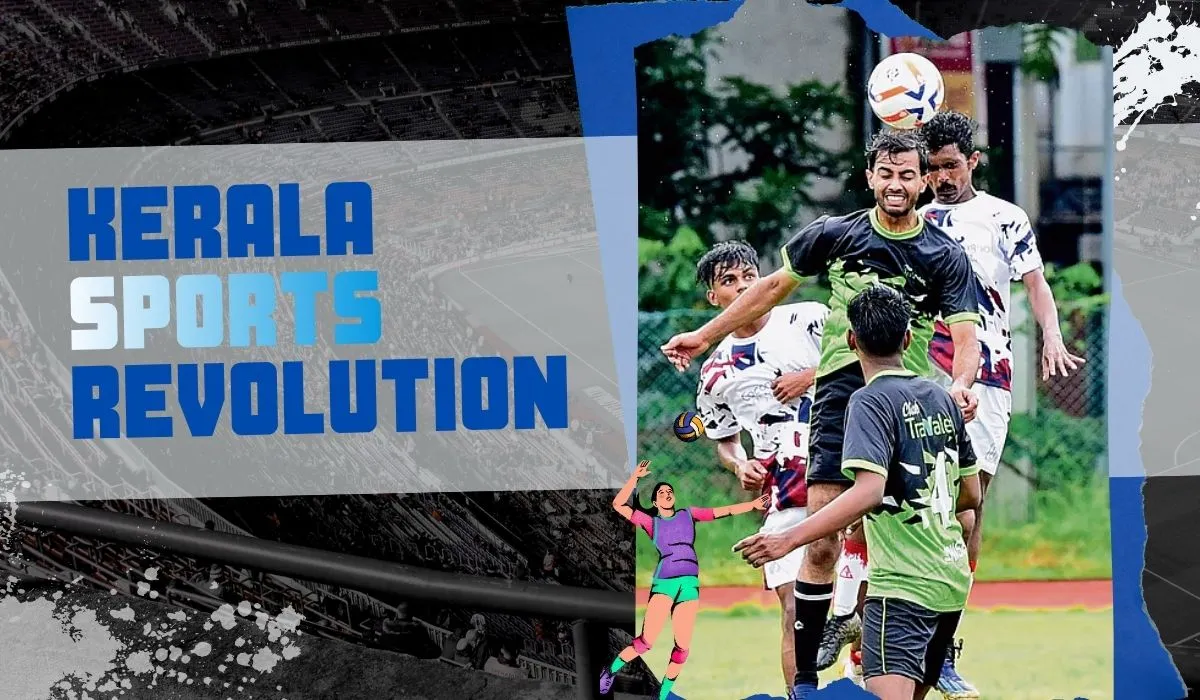So, here’s the thing. Kabaddi isn’t just a game in Maharashtra — it’s almost woven into the soil. If you’ve ever spent time in a village here, chances are you’ve seen a bunch of kids in a dusty field, tagging and tackling with shouts of “kabaddi, kabaddi…” It’s raw, it’s fast, and it’s real.
But now, with sports becoming part of the school ecosystem again — especially under the new education focus on physical activity — schools across the state are asking: how do we set up a kabaddi ground? What’s needed? How big? Mat or mud? Costs? Safety? Who will coach? And most importantly… where do we start?
Let’s walk through it — not like a sports engineer, but the way a school teacher or local PT instructor might do it.
Step 1: Know the Space You Need
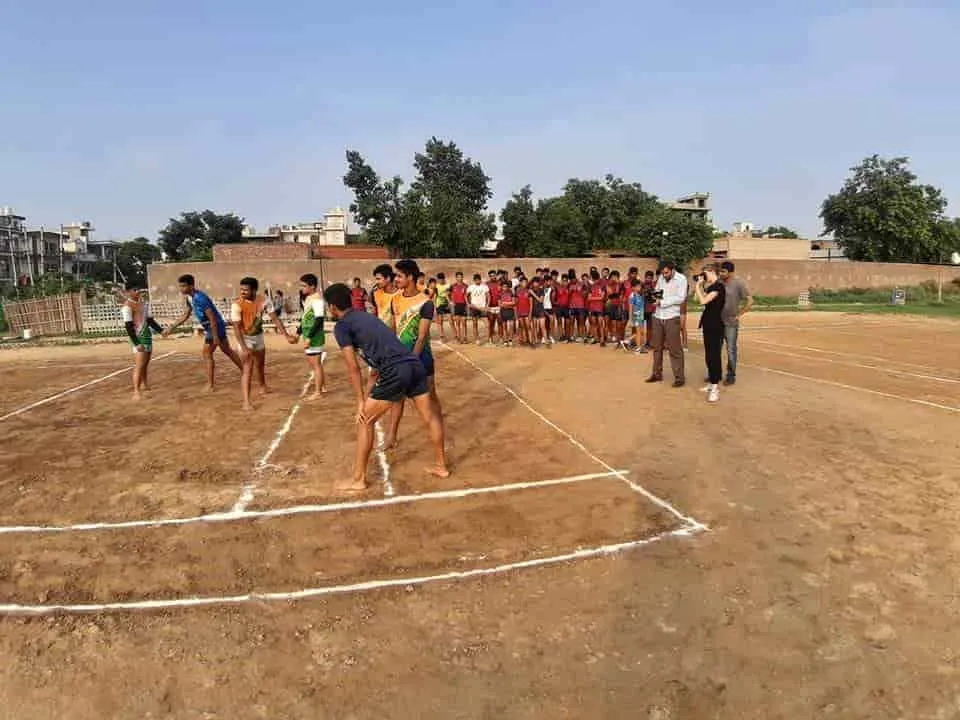
Here’s the good news — kabaddi doesn’t need a massive stadium. A standard kabaddi court for school-level games is around:
- 13m x 10m for boys (sub-junior/senior)
- 12m x 8m for girls (or junior levels)
That’s about half the size of a basketball court. If your school has an open patch — even one that’s a bit uneven — you’re halfway there.
In many schools in rural Maharashtra, they just mark the ground using white powder (or sometimes just a stick in the soil) and play. But if you want to standardize it — for inter-school competitions — it helps to level the land and measure out the court properly.
Step 2: Decide — Mat or Mud?
This one’s debated a lot. Here’s a real-world breakdown:
Mud Courts:
- Cost-effective: Just need soil, leveling, and regular watering
- Authentic: Most traditional kabaddi players grew up on mud
- Maintenance: Needs daily care (sprinkling water to reduce dust/hardness)
- Injuries: Fewer joint injuries, but cuts/scrapes possible if not maintained
Mat Courts:
- Professional feel: Matches national standards
- Expensive upfront: One mat set can cost 1.5 to 2.5 lakhs
- Less dust, more bounce
- Urban schools prefer it, especially for indoor setups
So what’s better?
If your school is in a city like Pune, Nagpur, Nashik, or Thane, and budgets allow — go for mats. But if you’re in a smaller town or working with limited funds? Mud courts are just fine. Many champions started on them.
Step 3: Budgeting It Right
A decent kabaddi ground can be set up in 25,000–40,000 if you’re going the mud route. Here's how that usually breaks down:
- Leveling the ground: 10,000–15,000
- Line marking (lime, paint, rope, labor): 2,000–5,000
- Boundary ropes, corner poles: 5,000–10,000
- Basic floodlights (if needed for evening practice): optional, 7,000–12,000
And if you're planning mats? Add 2L+ to that.
Also: don’t forget storage. You’ll need a safe place for ropes, cones, first-aid kits, whistles, and water. Schools often miss this.
Step 4: Who Will Train the Kids?
This is where things can fall apart — schools get the ground done, but forget to train the trainer.
Some schools tap local club coaches or retired players. Others rely on PT teachers who may not know the rules fully. That’s okay — because the Kabaddi Association of Maharashtra actually conducts short-term kabaddi coaching certifications.
Encourage your staff to attend one. It helps them teach techniques like:
- Legal tackling
- Raider lines and bonus rules
- Holding without fouling
- Team formations (chain, corner covers, etc.)
Real Story: What a Small School in Ahmednagar Did Right
In 2023, a Zilla Parishad school near Shevgaon (Ahmednagar district) set up a kabaddi court with less than 20,000. No mats. No fancy gear. Just a cleared patch, painted lines, and a wooden pole to hang rope across.
They started practicing every day after classes. Three months in, their under-14 boys team qualified for the taluka-level inter-school meet. No one expected it. Not even the kids.
But their PE teacher — a former kabaddi player — kept showing up every afternoon. That’s all it took.
Common Mistakes to Avoid
Let’s talk about a few things many schools get wrong:
- Ignoring Ground Slope
- Even a slight tilt causes players to slip while turning.
- Always level the court — use local JCBs or tractors if needed.
- No Safety Perimeter
- Kids tumble outside court bounds during tackles.
- Keep 1 meter clearance around all sides. Remove rocks/bricks.
- Marking Too Lightly
- Powdered lines fade fast. Use lime + sand mix or even semi-permanent paint.
- Not Rotating Practice
- Don’t overwork one side of the court — rotate raiders/defenders so mud stays even.
- Zero Medical Prep
- Keep basic first aid close: bandages, antiseptic, ice packs. Injuries happen.
Why Schools Should Invest in Kabaddi Grounds?
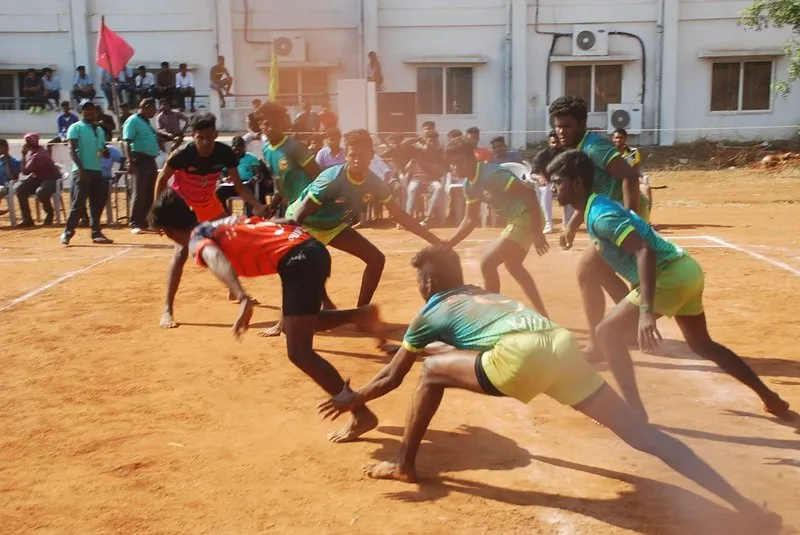
Still unsure whether it’s worth it? Here’s what you actually give students:
- Fitness: Pure stamina + reflexes. Kabaddi beats most other sports for this.
- Teamwork: Every raid is strategy + trust.
- Confidence: Even shy kids bloom after a few tackles.
- No Equipment Needed: Unlike cricket/badminton, no bats, racquets, or nets.
- Gender Inclusive: Girls’ kabaddi is growing like never before in Maharashtra.
Plus, kabaddi is one of the few Indian sports with real career paths now. State teams, Pro Kabaddi League, scholarships — they’re all in sight.
It's Not Just a Ground, It’s a Statement
Building a kabaddi ground isn’t just a PT period project. It’s a message.
It says: "We care about indigenous sports."
It says: "We want our kids to play, fall, rise, repeat."
It says: "We don’t need elite equipment to uild strong minds."
From Nanded to Navi Mumbai, schools are slowly rediscovering what local sports can do for their students. And kabaddi — fast, fiery, fearless — is leading the charge.
If your school has a little open space, some spirit, and a handful of willing kids — you’re ready. You don’t need everything to be perfect. You just need to start.
Because the soil already knows the game. You just have to mark the lines.



